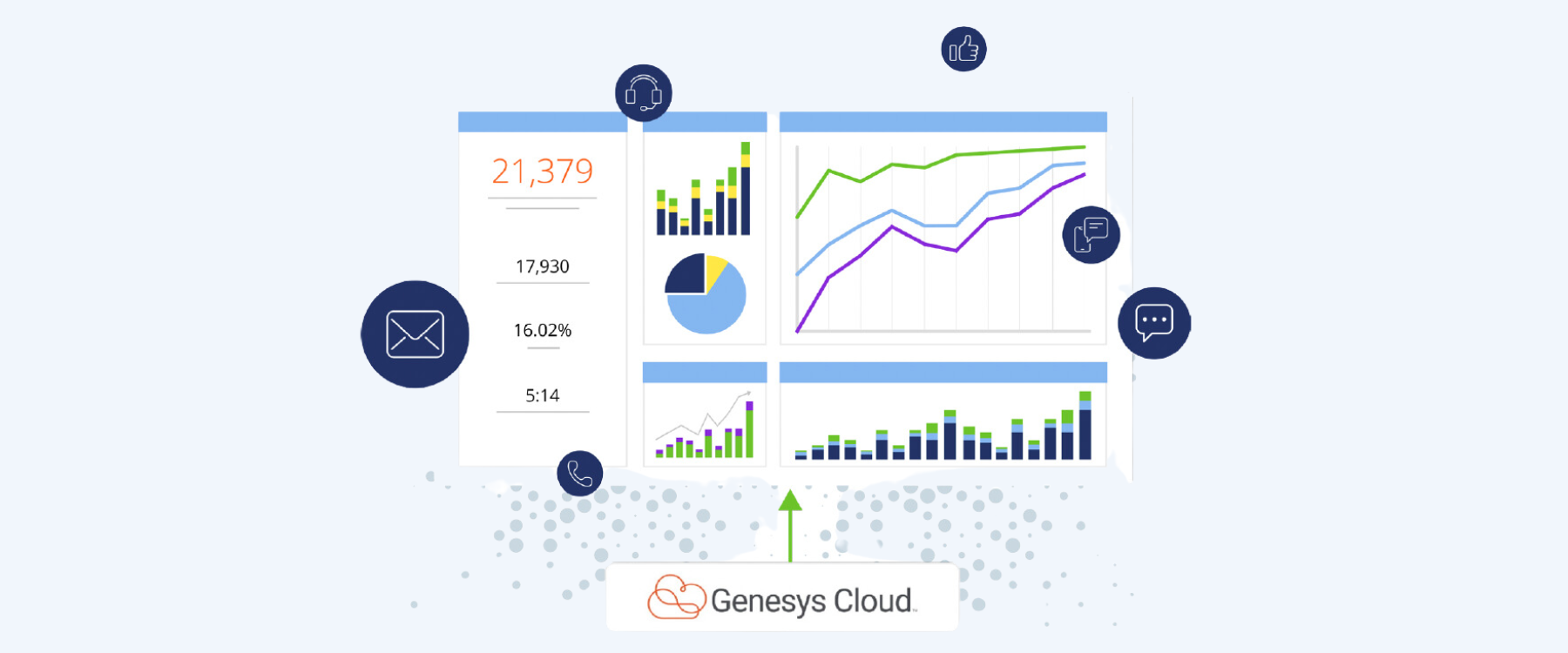You’ve made it to the third installment of our gamification series! We hope you are as excited as we are about implementing this in your call center. But, before you get started, let’s discuss how to keep your gamification program running like a well-oiled machine consistently over a long period of time.
If you’ve been with us over the past several weeks, we started out on a 3-part series:
- In our first blog, we talked about what you need to start your own program.
- In the second, we walked you through the metrics you’d want to track to make sure your program is effective and data-driven
- This time, it’s all about maintaining the program. Let’s dig in!
Here are the video highlights of how to get this done in your operations
If you’re more of a reader, then read on my literate friend, we’ve got you covered with the final piece of the puzzle: how you communicate this program to your team and enable them to succeed.
Now, this is the part that is done wrong all the time. Most expectations and benchmarks are outlined to teams during quarterly or annual reviews. Usually, in a review, an agent is shown how they performed in the last 90 days to a year. This interaction will typically motivate your agents. Or conversely, it has the potential to leave them wondering why they didn’t get more timely feedback that could have helped them move from to!
They come out of the gate fired up to have a better quarter than the last. But then, the daily grind kicks in again after a couple of weeks. It’s easy to fall into old habits, heck you’re probably a little tired yourself. Before you know it, your team winds up 90 days later with no growth or change. See, the problem with this age-old practice is that the feedback to the agent isn’t consistent enough. What’s needed is weekly and daily reminders of your expectations and how they are measuring up to them.
I have 2 very practical things for you to do to significantly boost your teams productivity over a standard 90-day review cycle:
1. Weekly Agent Scorecards
If you’ve identified 3 to 5 metrics for your gamification strategy, then you need to be consistently showing your team how they are progressing against your expectations. Doing this on a weekly basis is a great starting point.
As for your metrics, let’s say you selected Average Handle Time, Percentage of Calls Answered, and Total Login time. On a weekly basis, you should show your team their performance on these metrics and remind them of the benchmarks you want them to hit. Agents will see their performance and instantly know whether they are meeting your expectations. Show them their metrics from the previous weeks and talk about their weekly goals on Mondays so that they go into the week thinking about what they can do differently to either do better than last week or continue their success.
At this point, your agents start to self manage and their performance becomes their own responsibility. And, with a tool like Brightmetrics, you can even set these performance scorecards to email you and your agents automatically to save time!
2. Real-Time Access
Let’s take this a step further. To really keep your gamification program on 10, provide your agents with live information about their performance. More importantly, show them information about how their performance stacks up against their peers. The most common delivery method for this is a REAL TIME Analytics™ dashboard that shows stack rankings of your team across your program’s metrics. This allows for two key things to occur.
First, your agents will naturally compete to be atop the leaderboard. This is important and what really makes the program enticing. Your agents will want everyone looking at that board – their supervisor, the CEO, etcetera – to see how well they’re doing.This is a fantastic form of self-management and, as an organization, you will benefit from it.
The other key thing this allows for is coaching. The supervisor or floor lead can now look up halfway through the day and see that someone is struggling to hit their numbers today. Rather than wait till the end of the day, week or quarter to deal with the final results, they can engage the agent immediately to see what’s going on and try to turn the ship around before the day’s productivity is entirely lost.
It might not wind up being a perfect day, but you can prevent a few critical hours from snowballing into a lost day. So, those are the keys to promoting this program – weekly agent scorecards and real-time access to data.
Keep Success Rolling
Now, the last thing secret to this sauce is to monitor your program consistently to ensure you are still encouraging the right behaviors. Be open to changing your definition of good.
You might find that your agents can’t hit a benchmark that you’ve set and are just frustrated as a result… maybe it’s time to pull that expectation back to something more manageable. Inversely, you may see that your team has blown away your benchmarks for weeks. At that point, it might be time you set new benchmarks, whether entirely new measurements or just more aggressive goals on the existing metrics.
Don’t let your gamification program grow stale or you’ll lose all the self-management and competition benefits it starts out with. Rinse and repeat consistently to drive your team forward and watch as you become a more efficient organization that delights customers at every experience.
If you’re still struggling to find a way to give your team in-the-moment insights into how they are performing against your gamified metrics, then check out our REAL TIME Analytics services for your Mitel or Genesys Cloud system!
Missed our first two posts in our gamification series? Read them here:



